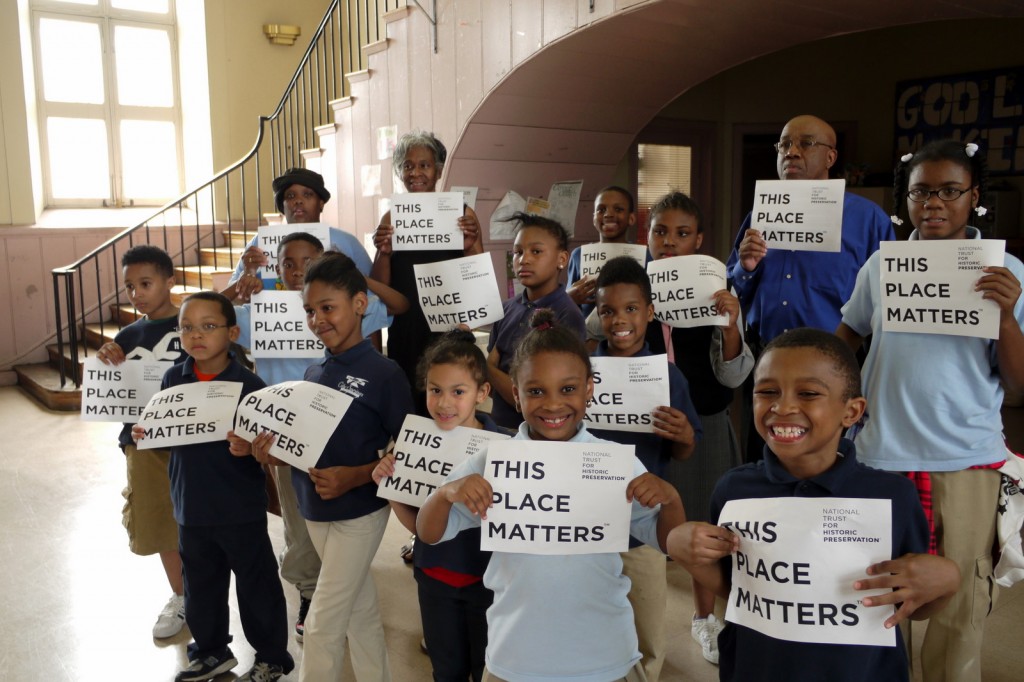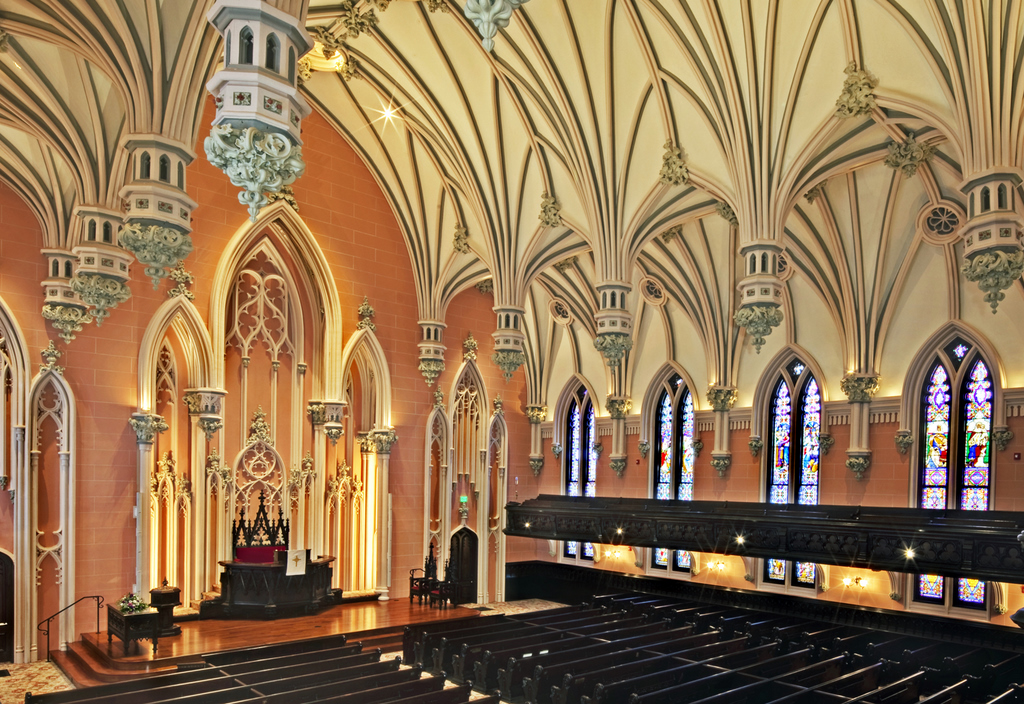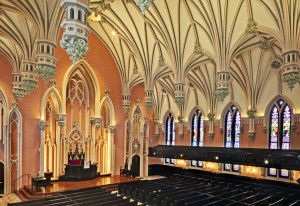
On Tuesday, the Secretary of the Department of Interior Ken Salazar celebrated Women’s History Month with an appearance in downtown Baltimore at the Maryland Women’s Heritage Center, just one week before Baltimore Heritage’s Behind the Scenes Tour there (Saturday March 31, 2-3 pm). Joined by Mayor Stephanie Rawlings-Blake and Judge and First Lady Katie O’Malley, Secretary Salazar noted a serious underrepresentation of historic sites associated with women’s history, and articulated a vision for getting more of these places designated as National Historic Landmarks and listed on the National Register of Historic Places. In one example, the Secretary noted that of the country’s National Historic Landmarks, a designation that the Department of Interior bestows on buildings with the highest level of national significance, only 4% are places with significance to women’s heritage.
As the Secretary of the Department of Interior, Mr. Salazar oversees numerous agencies that are responsible for heritage sites, including the National Park Service that manages the National Register of Historic Places and the National Historic Landmark program. In his vision for the near future, Secretary Salazar said that as the National Park Service gears up to celebrate its centennial anniversary in 2016, he is committed to launching a national dialogue over women’s heritage sites to create a blue print for how to bring these to a higher level of prominence and visibility.
Citing Maryland as a national leader in the role of state governments to promote women’s heritage, the Secretary also said that he is committed to more full federal funding for State Historic Preservation Offices as a way to make sure that smaller places and ones with more local significance also receive assistance.
Baltimore Heritage will wrap up Women’s History Month with a tour of the Maryland Women’s Heritage Center on Saturday, March 31. The tour is from 2-3 pm at the Center: 39 West Lexington Street, in the historic former BG&E Building. The cost is $10. Register online today.




